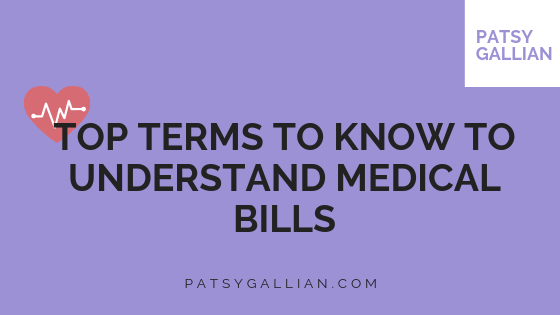Healthcare providers have been relying on digital systems to store and process patient data since the introduction of health information exchanges (HIEs) in the early 2000s. The implementation of digitized patient data of course spilled over into the medical billing and coding process. Several terms have been developed since then to make the payment process easier for insurers, providers, and patients to decode. Becoming well-versed in the basic phrases associated with medical billing can give you the opportunity to digest associated information in a much more comprehensible way.
Many terms used by healthcare providers and insurance companies are easier to decipher than others. For example, an allowed amount refers to the maximum amount of funds that an insurance company is willing to pay out to a provider. Another commonly used term is an appeal, in which a patient or physician submits a formal request for additional services to be covered under the person’s policy. An explanation of benefits (EOB) is another digestible term that is used to describe the official documentation stating what and how much is covered by an insurance company, as well as why a specific claim has been denied.
Some frequently used medical billing terms can be a bit harder to coherently understand. A prime example is an applied to deductible (ATD), which specifically indicates the amount of money that is applied to the patient’s annual deductible. A capitation is another term that is harder for some to define, which refers to the fixed amount that the provider and insurance company settle on beforehand as a sign-on bonus for every new patient that they acquire. Lastly, many patients and billing students wonder what a clearinghouse is. A clearinghouse is a third-party company that is responsible for reviewing claims and making any additional adjustments to it before it is officially sent to the insurance company.
These aren’t the only terms and acronyms found in billing forms, but they are a few of the most common phrases that patients inquire about. Having a more in-depth grasp on what common medical billing terms mean can help you easily decipher the meaning behind any bills or other documents that a provider or insurance company sends you. Keeping a list of them near at all times can give you easy access to their proper definitions whenever necessary.
